
When should I visit an emergency vet?

Dr Scott Miller
30 March 2022 | 7 minutes read
As a responsible pet owner, you’ll always try your best to keep your cats and dogs out of trouble. But pets are curious and adventurous creatures, so sometimes they may get themselves into accidents.
When these unexpected situations happen, what do you do? Dr Scott Miller explains when to see an emergency vet and what to expect when you’re there.
- How do I know if my dog or cat needs emergency care?
- How do emergency vet visits work?
> How long do emergency vet visits take? - How much does an emergency vet cost?
> Is there a free emergency vet?
> Does pet insurance cover emergency vets? - How can I help my pet in an emergency?
> How to help your dog when choking on something
> How to help your cat when choking on something
> How to do CPR on your pet
> How to stop your pet bleeding
> What should I put in a basic pet first aid kit? - How can I help prevent emergency pet accidents?

How do I know if my dog or cat needs emergency care?
If you’re ever worried about your pet being ill, your first step should be to call your local vet. They can talk through your pet’s symptoms and let you know if they need to come in.
If you have a pet insurance policy from Petsure, you’ll have unlimited access to 24/7 video calls with a FirstVet vet, so there’s always someone available for online emergency advice.
Some of the signs and symptoms that your dog or cat may need emergency care include:
- Seizures
- Broken bones
- Severe bleeding
- Collapsing/falling unconscious
- Open wounds
- Fast deterioration
- Difficulty breathing
- Facial swelling
- Excessive drooling/frothing
- Persistent diarrhoea and/or vomiting
- Eating something toxic like chocolate
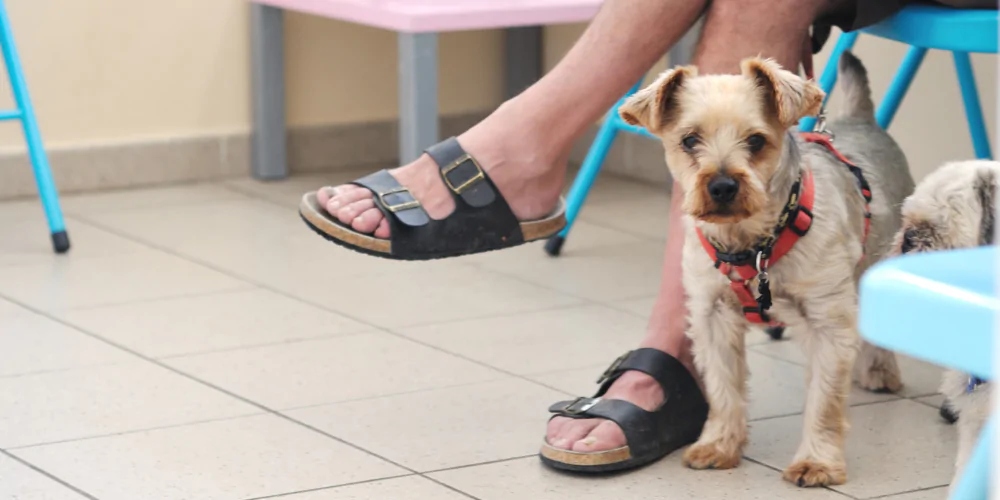
How do emergency vet visits work?
Emergency vet visits usually follow these steps:
- A vet or nurse will do a basic assessment to see what kind of emergency it is.
- The sickest pets are prioritised first, so your pet may need to wait for treatment.
- A vet will then do a full assessment of your pet and talk you through what tests or treatments are needed.
- Depending on the clinic, you may then be given an idea of costs before treatment goes ahead.
> How long do emergency vet visits take?
How long your pet will spend at an emergency vet depends on what’s wrong and what treatment they need.
Be prepared to wait a little while if more serious cases need to be seen ahead of your pet.

How much does an emergency vet cost?
The cost to see an emergency vet will differ depending on the practice and if you’re registered with them. Take a look at your vet’s website to see if they offer out-of-hours services and the rates for these appointments. Many vet practices partner with Vets Now, a dedicated out-of-hours emergency pet care provider.
The cost to see Vets Now varies based on what treatment your pet needs and the time at which they need to be seen. You’ll be given an estimate before your pet is treated which includes a consultation fee and an out-of-hours fee.
Animal Trust charges registered clients:
- £59 for bank holiday and evenings before 11pm
- £129 for appointments between 11pm and 8am
- An extra £20 on top of the above prices for non-registered clients
> Is there a free emergency vet?
Sadly, emergency pet treatment isn’t free. In fact, emergency vet visits are often more expensive than regular visits.
It’s why it’s so important to either have a comprehensive pet insurance policy or money put aside for accidents.
> Does pet insurance cover emergency vets?
Some insurance providers will cover the cost of an emergency vet appointment, but this depends on the situation and your policy. Check your policy wording carefully to see what’s covered and if there’s any exclusions.
For example, some insurers will only cover the cost of an emergency visit if a professional agrees it’s absolutely needed. This means a vet confirms your pet can’t wait for normal surgery hours to be seen or get treatment.
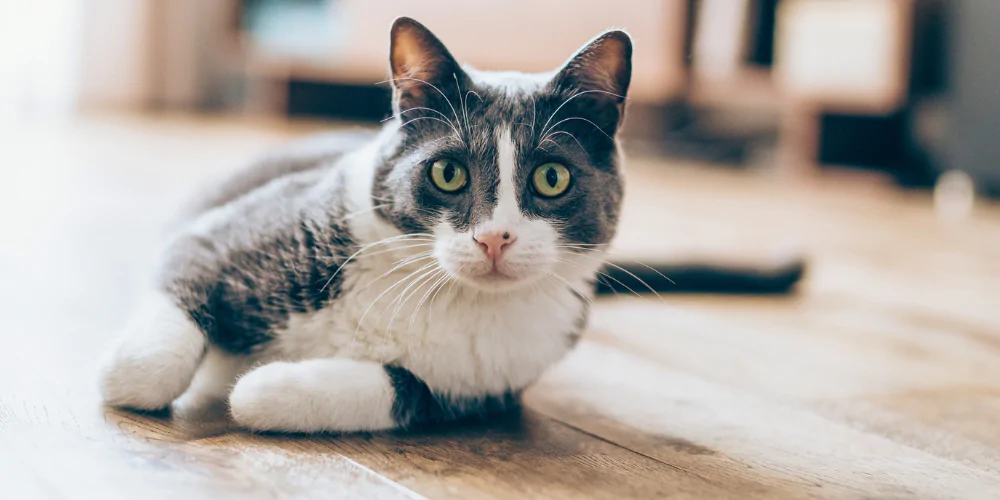
How can I help my pet in an emergency?
As stressful as it is to see your pet in pain, try to stay calm. Call or video chat your local vet straight away for advice. But if your pet needs immediate help before you can get to an emergency vet, here’s what to do.

> How to help your dog when choking on something
- Gently open their mouth and look for any lodged objects.
- If safe to do so, use a pair of tweezers to remove the object.
- If the dog is unconscious, clear the airway with your hand. Put something soft between the teeth (like a roll of bandage) to chock the teeth. Then reach inside to try and grab the item.
- Be careful not to push the object further down the throat.
- If it is a larger object, firmly place your hands at the base of the throat, behind the object, and push up.
- If you can’t remove the object, put your hands on either side of their ribcage and apply quick, firm pressure.
- Repeat until the item is dislodged or you get to the vet.
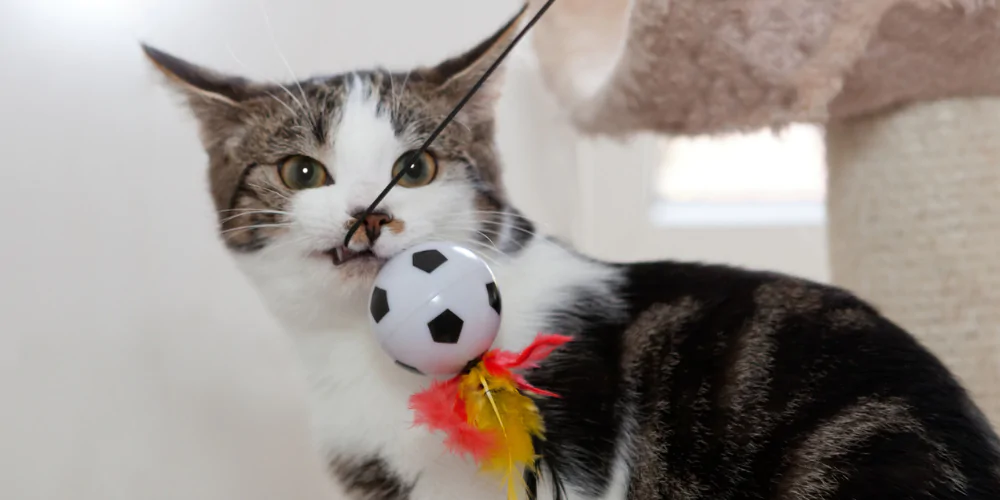
> How to help your cat when choking on something
- Cats rarely choke on round items like a dog, so gently open their mouth and look out for things like string and pieces of grass.
- If safe to do so, use a pair of tweezers to remove the object (never your fingers).
- If something more solid is lodged in their throat, don’t push at it.
- Go immediately to the vet.
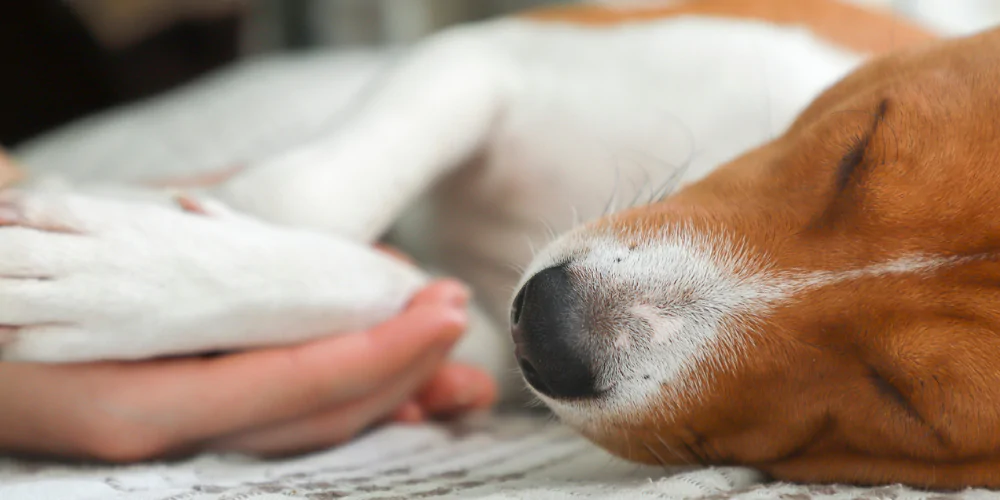
> How to do CPR on your pet
- Put your pet with their right side down and check if their breathing has stopped. You can tell this by watching the abdomen for movement or if any breath can be seen from the nostrils.
- Carefully open their mouth, pull the tongue forwards to look for blockages, and clear the throat (being careful not to get bitten).
- Extend the neck, hold the mouth closed, and blow into their nose by making a tube with your hand. Do this around 20 times per minute.
- Check the pulse on the inside of the back leg for a heartbeart. If no heartbeat is present, you need to start chest compressions to kick start the heart. Do this by squeezing or pushing on
- the chest at the point of the elbow (where the heart is).
- Give two breaths into the nose for every 15 chest compressions.
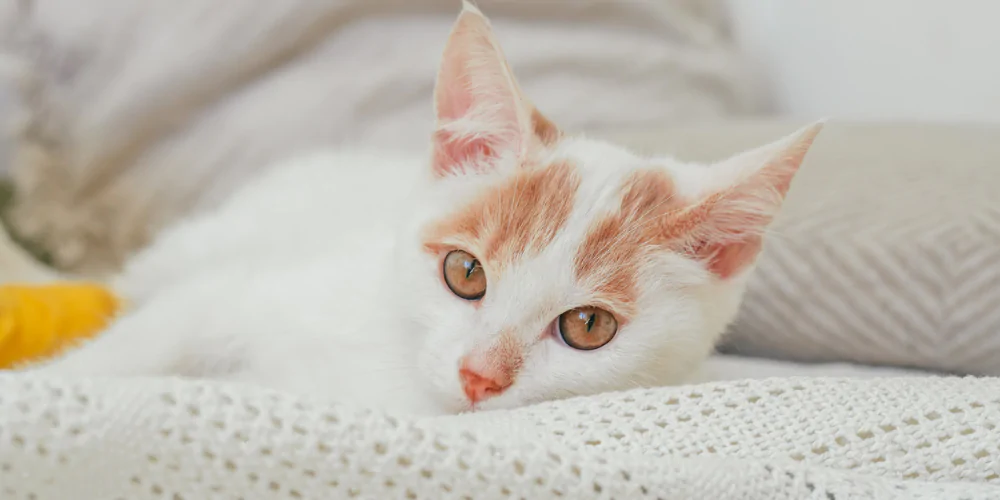
> How to stop your pet bleeding
- Apply immediate pressure to the wound to stem the flow of blood.
- Add a towel, t-shirt or dressing material if you have it, pressing the wound firmly for at least three minutes.
- Elevate the limb if that’s where the bleeding stems from.
- Apply a tight bandage and maintain pressure.
- Take your pet immediately to the vet
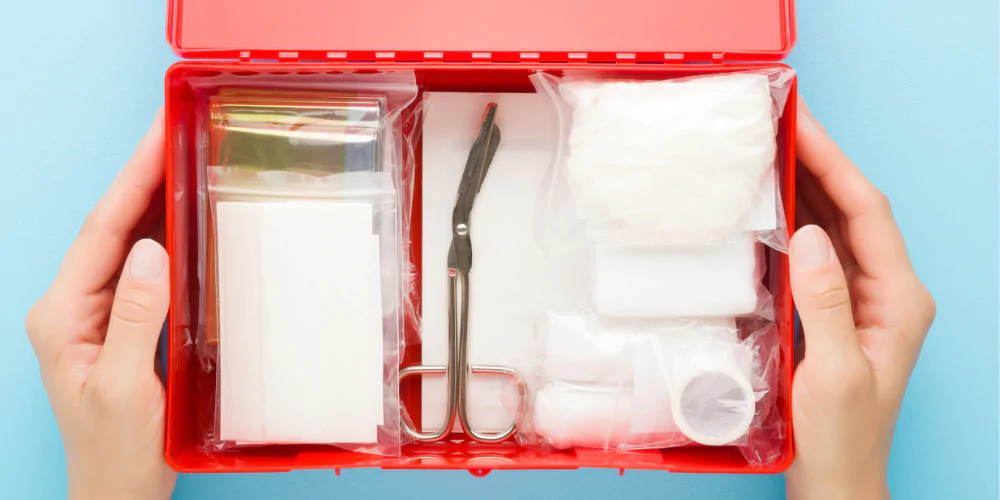
> What should I put in a basic pet first aid kit?
You may be able to give your pet first aid for small injuries while you wait to see an out-of-hours vet.
Your basic first aid should include items like:
- Bandages
- Wound dressings
- Curved, blunt-ended scissors
- Gauze
- Cotton wool
- Self-adhesive tape
- Vinyl gloves
- Foil blanket
- Tweezers
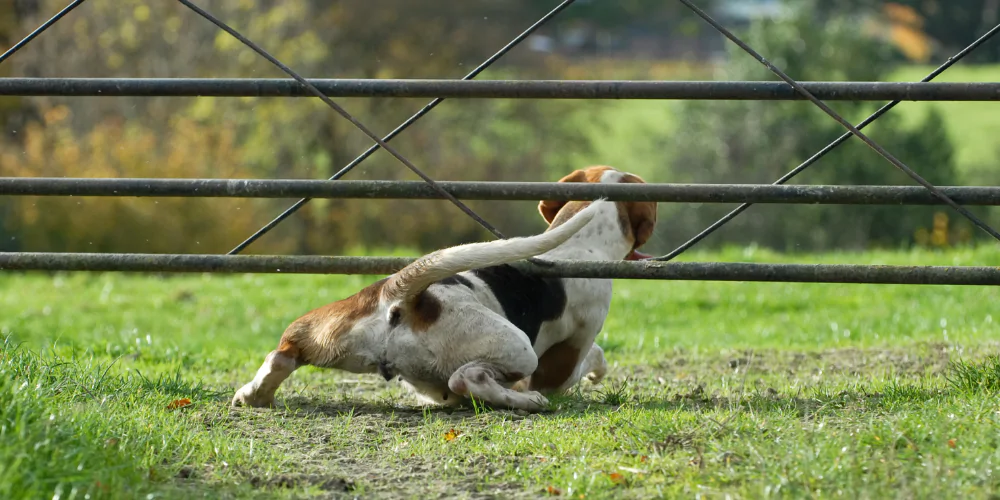
How can I help prevent emergency pet accidents?
As they say, prevention beats cure. Staying aware and alert could help keep your dog and cat safe both inside and outside the home. This looks like:
- Walking your dog on a lead in high traffic areas and not letting them lick or eat anything.
- Taking your phone with you when walking your dog or cat, so you can get vet advice if needed
- Planting a dog and cat-friendly garden
- Checking that your outdoor space is secure – add a catio for indoor cats and make sure there’s no broken fence panels for your dogs to escape
- Storing toxic foods and other dangerous items out of the way of your pets
- Keep small and shiny items that could be easily swallowed out of your cat’s way
- Bring your cat in at night and let them out during the day
- Attend dog training classes
- Don’t panic
To be prepared for future emergencies:
- Keep your vet’s number on your phone
- Check your vet’s out-of-hours procedure
- Store your nearest emergency vet clinic number if needed
- Learn the fastest route to your vet/emergency vet clinic
- Keep a basic pet first aid kit in the house and in the car
Don’t forget that, as a Petsure customer, you get unlimited 24/7 video calls with a FirstVet vet for help with pet emergencies.
Be confident your dog or cat can be covered for emergencies with Petsure pet insurance.


